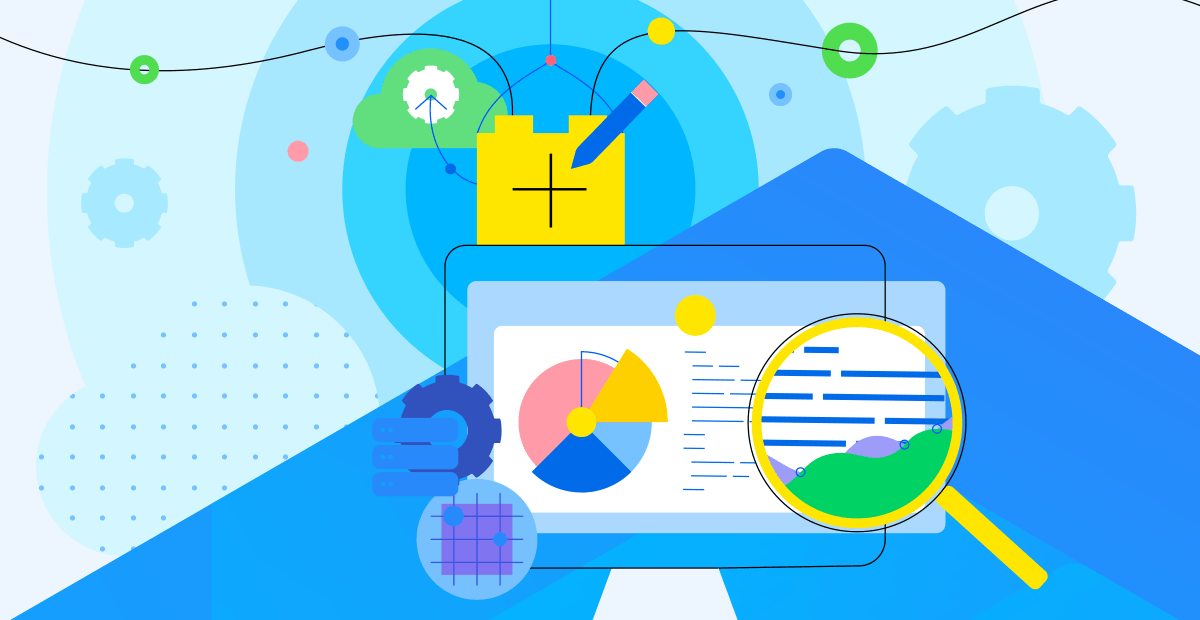OData: Simplify Connecting to Your REST APIs for Analytics

If you’re looking to leverage data hidden behind REST APIs for improved analytics, OData may be the key.
Has not being able to connect to application data in real-time caused a blind spot in critical sales and marketing analytics?
What if I told you there was no need to build a connector or even install a driver to access these from the analytics tool of your choice, be it Tableau, PowerBI or even Excel? Sound too good to be true?
The solution is OData. No drivers needed.
In my previous blog, I wrote about a single point of access to all your data sources. Here, I want to take this one step deeper and discuss connecting to data hidden behind REST APIs. It seems like everything today uses a REST interface to share valuable data, at the cost of not offering plug and play ODBC or JDBC database access. A few examples include Marketo, Sage Cloud Accounting, Box, ServiceNow and many more. And this doesn’t include the numerous custom REST endpoints your organization has written for internal use.
OData, a standards-based REST API, is a lot like SQL. I tend to refer to it as “SQL over REST.” It was developed in 2007 by Microsoft and OData v4 has since been adopted as an OASIS standard. OData provides a rich metadata which defines how to interact with a specific OData endpoint. This makes it possible for analytics tools to understand the endpoint without any user intervention, making it look just like a relational data source.
Example of an OData v4 Query:
Filtering lets you return data based on a specific field:
https://hdp.sample.com/api/odata4/BreweryDB/BREWERIES?$filter=CITY eq ‘Tracy’

Expand provides functionality similar to a SQL JOIN, allowing data from multiple tables to be returned with a single OData request:
https://hdp.sample.datadirect.com/api/odata4/chinook/Artists?$expand=Albums

More on the OData v4 standard can be found here.
The magic happens when our Progress DataDirect Hybrid Data Pipeline connects to your assorted REST (or even relational) interfaces and converts them to OData v4 endpoints. These could be on-premises or remote endpoints. This allows your OData-savvy tools to consume these otherwise custom endpoints with no coding. DataDirect HDP also brings granular controls to protect your backend data sources, such as throttling, IP whitelisting, SQL auditing, and support for OAuth 2.0 and OIDC (OpenID Connect).
Once you deploy the enterprise-grade DataDirect HDP on-premises or in your cloud, it is easy to create unique tenants and users, each with their own set of data sources in the web UI (User Interface), and map them to the standard OData API using the schema tool shown below:

And most importantly, no drivers or custom REST connectors are needed. Just instant data access for your business intelligence and analytics tools using the connectivity they already have built in.
Are you ready to see how easily this can work for you?
Check out our page on DataDirect HDP to see how easily this enterprise data integration platform can improve your data access strategies through the magic of OData. Or even better, just reach out so we can set up a live demo.

Aaron Burg
Aaron Burg is a sales engineer with Progress. He has worked in the IT space for 25 years, focusing on data connectivity, systems administration and security. This broad experience has allowed him to be a valuable resource for customers looking to implement Progress DataDirect connectivity solutions.
